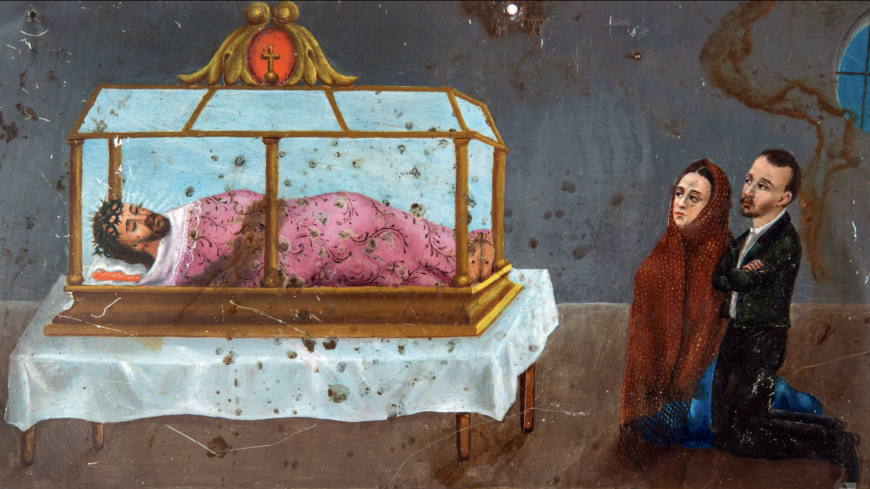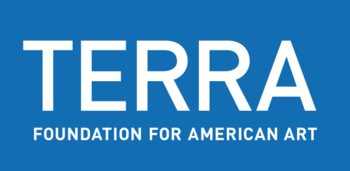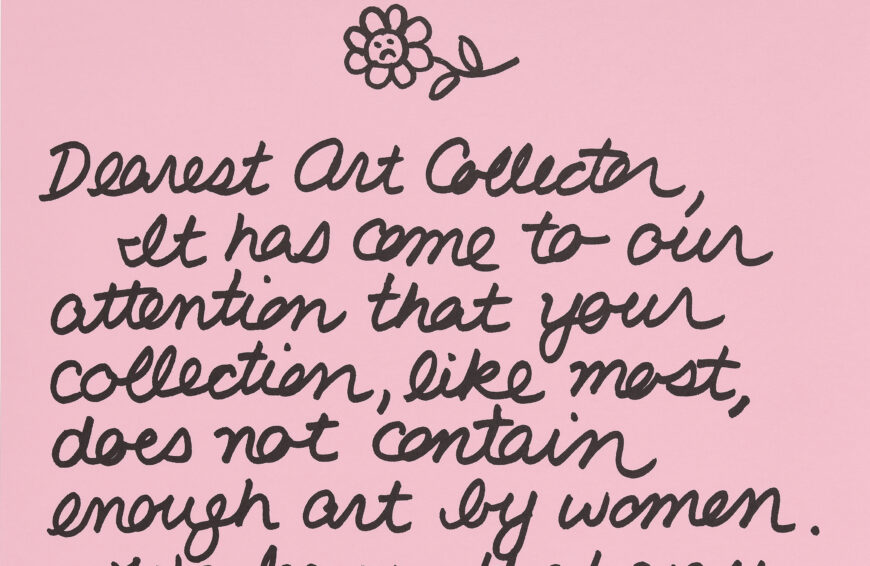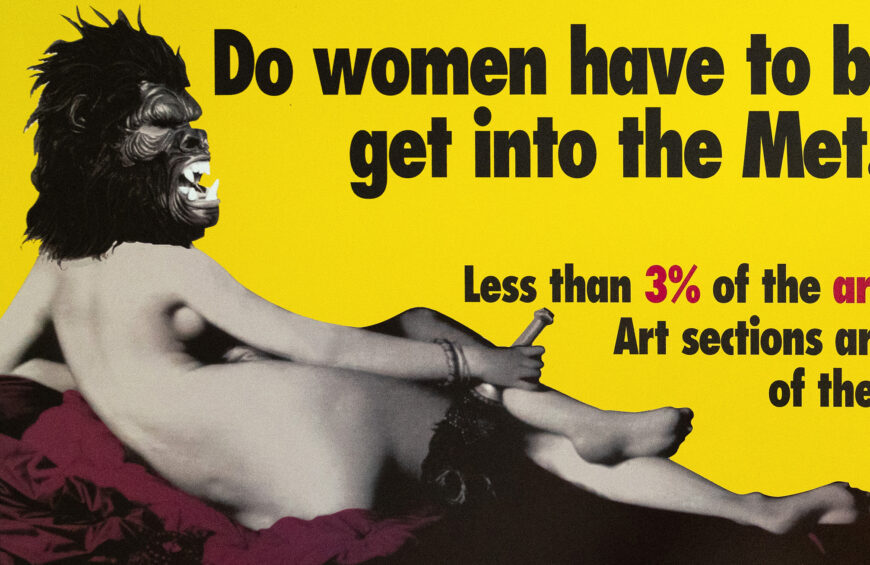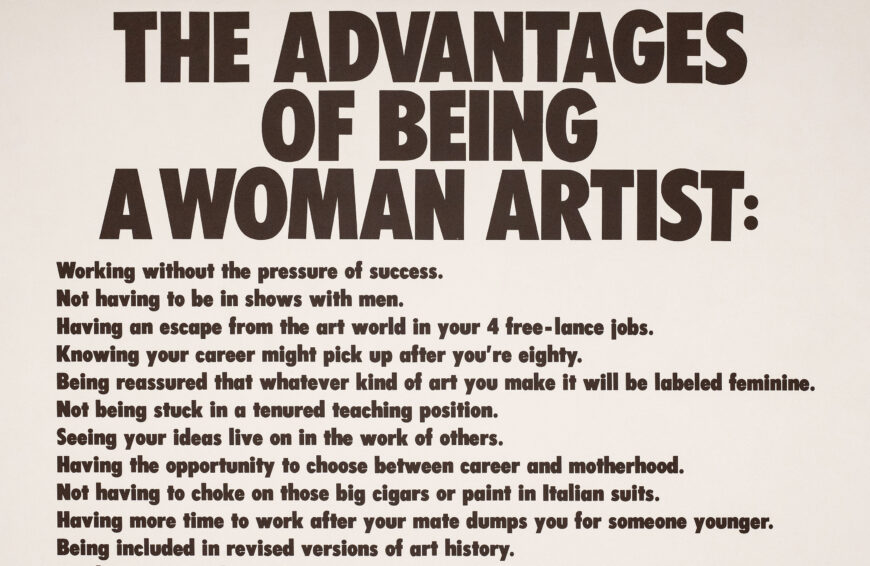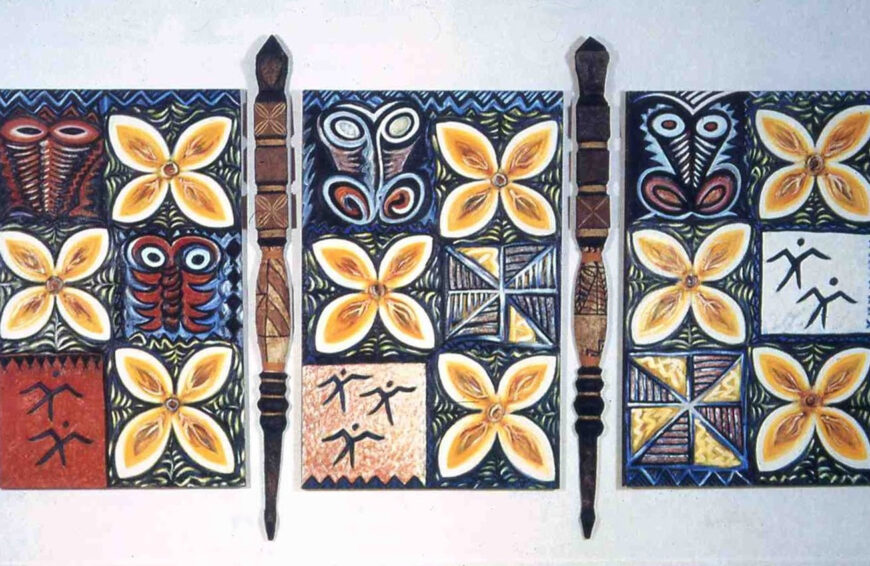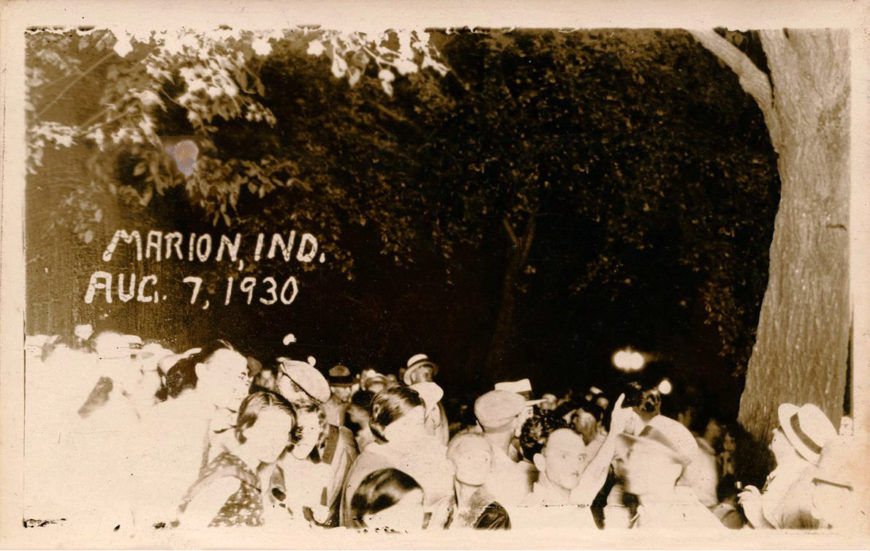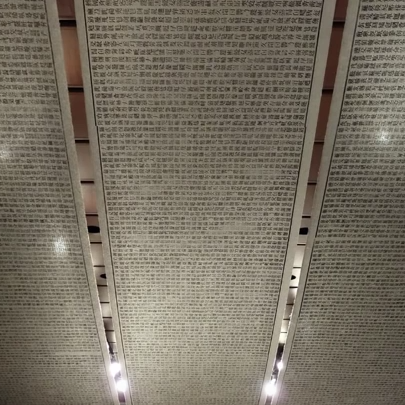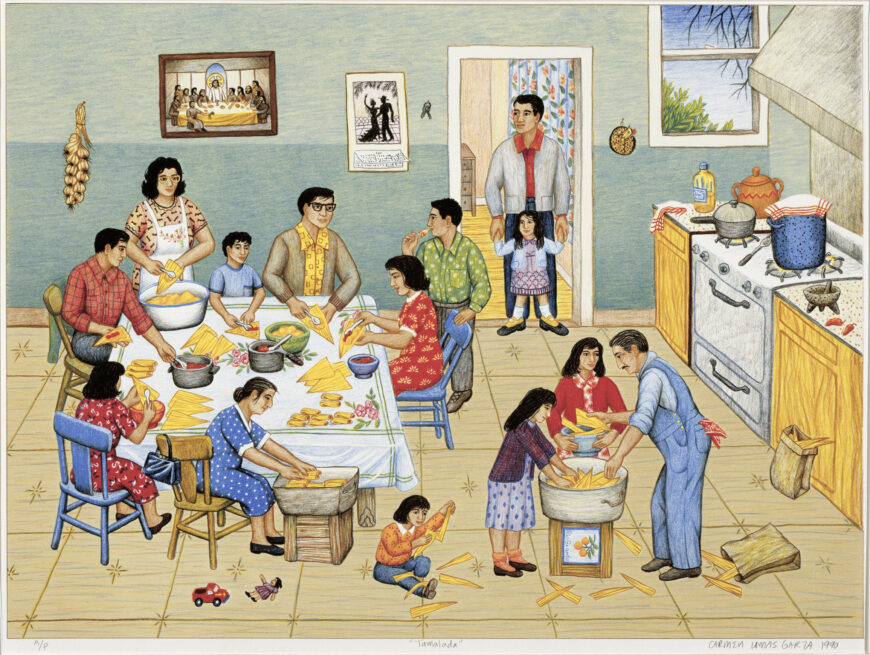
Carmen Lomas Garza, Tamalada, 1990, color lithograph, 50.8 x 68.6 cm (Smithsonian American Art Museum, Washington, D.C.) © Carmen Lomas Garza
Tamales are a foodstuff and a foodway, meaning they are something people eat as well as the culinary practice and cultural tradition of a community—and thus telling of their history and values. Tamales are an Indigenous food of ancient Mesoamerica, dating back to the pre-Hispanic era, and have continued to spread and change since then. Chicana artist Carmen Lomas Garza’s color lithograph from 1990, Tamalada—a tamale-making gathering—offers a window onto the status of this delicious and culturally significant food/way in the South Texas Mexican American (Tejano) community where she grew up. Lomas Garza, drawing from her experiences being raised in a minoritized and marginalized community, as well as her participation in the Chicano Civil Rights Movement, often invites her audience to see these customs and rituals through the eyes of youth, embracing senses of innocence, wonder, conviviality, and affirmation.
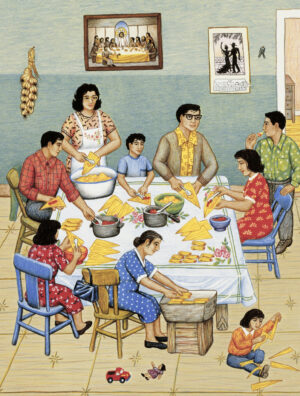
Tamale-making steps (detail), Carmen Lomas Garza, Tamalada, 1990, color lithograph, 50.8 x 68.6 cm (Smithsonian American Art Museum, Washington, D.C.) © Carmen Lomas Garza
Kitchen tales
Lomas Garza’s Tamalada offers a scene of tamale-making that addresses audiences that are “in the know” and those who seek to know about the Tejano tradition. It is a scene animated by generosity: a family sharing its time and energy toward a common goal and the artist sharing her childhood with her audience.
A dozen women, children, and men of various ages are engaged in the tamale-making, while a man and girl observe from the doorway. At least three generations of the family (and friends too, perhaps) participate in the process, drawing on familial and community knowledge, which eventually comes to resemble an assembly line. In rough order, dried corn husks that will hold the tamale mixture are soaked. A red chile-tinted filling is prepared, often with a protein. Nixtamalized cornmeal is kneaded with water, fat, and other ingredients to produce the masa (dough) until it is light and fatty enough to float in water. Once the husks are pliable, a thin layer of the masa is spread on, followed by the filling. The husk is then folded to produce a pillow-like enclosure. The tamales will eventually be steamed and then are ready to serve.
Alternating expressions of concentration and relaxed smiles on the various faces suggest an easy conviviality. The girl in the doorway stands on the man’s shoes while holding his hands. A tamalada is as much known for work as they are for the exchange of family stories, news, and even better, chisme (gossip). Lomas Garza includes several details that tell of her cultural identity, family history, and local ties. An image of the Last Supper—twelve disciplines, twelve tamale-makers—reminds this Catholic family to be good to one another around their dining table (though the picture is hung slightly askew). One of the men takes a break from work to enjoy an Astro Pop lollipop, inspired by outer space exploration coordinated from Texas starting in the early 1960s.
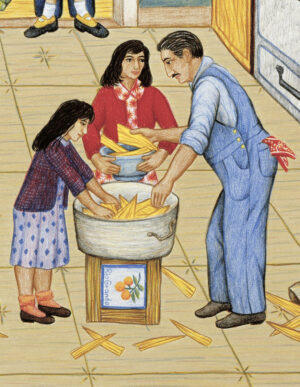
Self-portrait (detail), Carmen Lomas Garza, Tamalada, 1990, color lithograph, 50.8 x 68.6 cm (Smithsonian American Art Museum, Washington, D.C.) © Carmen Lomas Garza
The scene includes a self-portrait by Lomas Garza—she stands at the tub soaking corn husks—as well as portraits of her grandfather and sister (next to her) and her grandmother (packing the tamales in preparation for steaming). Everyone is active in the scene—though it is abuela who plays the role of “quality control inspector” as the last step in the process!
Food is social and can mediate our experience of time and place. It engages multiple human senses, not only taste and smell but touch and sound, which helps explain why a food like tamales and their collective making might spark lasting (and forgotten) memories. These memories can be transporting, like a time machine, instantaneously taking us to the past. Recipes for tamales can be handed down generations, also reminding us of their—and our—genealogy, where we come from in terms of kin and place. A tamalada is often followed by feasting and gift-giving, an abundance of food served to reinforce social bonds among contributors, or a carnivalesque opportunity to relieve social pressure. Furthermore, fond food memories from childhood can be comforting. (Capitalism recognizes this and has invented “comfort foods,” a commercial category of food-memory to sell.)
Childhood tales
Lomas Garza has directly linked her experiences as a child and young adult, traumatic and empowering, to her art practice. She was raised in Kingsville, Texas, a town in the shadow of the King Ranch, one of the largest cattle ranches in the U.S. Kingsville is near the border between the U.S. and Mexico, a place where people of Mexican and Indigenous descent were segregated, disenfranchised, and routinely discriminated against. Vigilantes as well as authorities, including the Texas Rangers, frequently used violence to enforce a racial hierarchy from the late 19th century through the 1930s (and beyond). As Lomas Garza narrated in her artist’s statement for “Pedacito de Mi Corazón,” a traveling exhibition of her work in the early 1990s, she remembered her brother coming home from public elementary school crying because his teacher punished him for speaking Spanish. At the same time, her father and mother were active in the American G.I. Forum and the forum’s Ladies’ Auxiliary, organizations formed in Texas to support Mexican-American World War II veterans who were segregated from other veterans groups and their families. The Forum quickly turned to addressing civil rights issues.
While an undergraduate studying art education, Lomas Garza worked as a student teacher not far from Kingsville, where she encountered discrimination. Eventually deciding to become a professional artist, she participated in a San Antonio-based collective Los Quemados, which formed to navigate the mainstream art world’s exclusion of Mexican Americans.
In 1976, Lomas Garza moved to San Francisco, California, where she began working with the Galería de la Raza, a non-profit gallery focused on exhibiting Latina/o art. Encountering institutional as well as casual racism and sexism, Lomas Garza developed an art practice that strode alongside and intersected with activism, choosing to address injustice through various aesthetic and community-building tactics. She concluded that denunciation was just one of many approaches and saw a vacuum in affirming images based on the everyday lives of families. Lomas Garza saw the potential for a reparative effect for those who behold these pictures.
As she noted in an oral history in 1997, she has been told that a work like Tamalada had inspired viewers who have not kept the tradition alive to reinstate it in their households. Lomas Garza sees her art as a salve, “It helped to heal the wounds inflicted by discrimination and racism. We needed to heal ourselves and each other…,” she wrote in her exhibition statement, “I felt that I had to start with my earliest recollections of my life and validate each event or incident by depicting it in a visual format. I needed to re-celebrate each special event or reexamine each unusual happening.” [1]
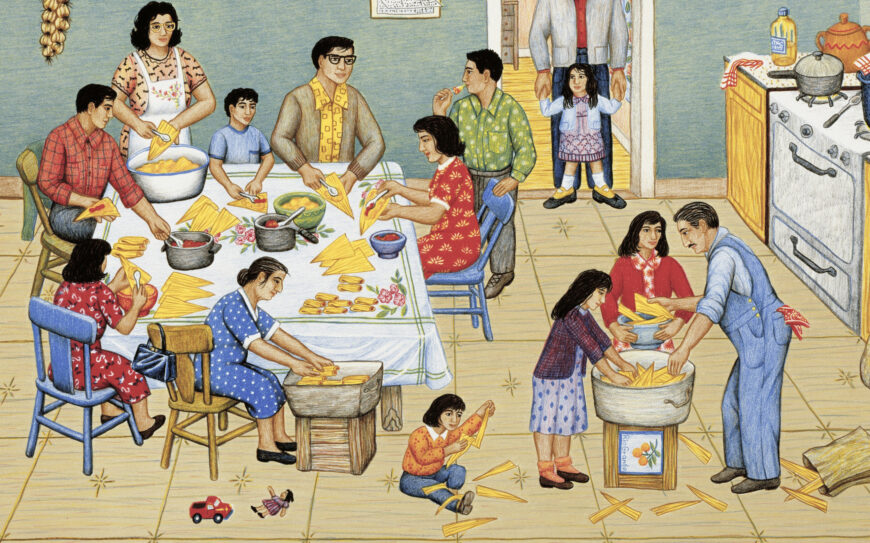
Graphic style in the main scene (detail), Carmen Lomas Garza, Tamalada, 1990, color lithograph, 50.8 x 68.6 cm (Smithsonian American Art Museum, Washington, D.C.) © Carmen Lomas Garza
Visual tales
The style Lomas Garza employs in Tamalada resembles a graphic novel or children’s book. She uses illusionistic perspective to a degree but is not stringent with it. You may notice figures standing on a tilted plane that suggests three-dimensionality, but the space is not composed in such a way as to produce a complete effect. Her figures are relatively flat and they are not completely modeled by using variations of light and shade to produce a three-deminsional effect. Such choices have led some critics, those tending to favor form over narrative, to label work like this “folk art.” “Folk” or “outsider” are terms generally used to designate artists without professional training, sometimes from marginalized communities with limited access to art education, who may or may not deploy illusionism (or use “too much” color or use it “too expressively”) in ways deemed unsophisticated by the dominant culture.
Lomas Garza is a trained and professional artist who chooses this style to evoke other forms of narrative art, including those specific to Mexican and Mexican-American visual culture, like the monitos (traditional repertoire of figures and objects) used in lotería game cards or ex-voto (retablo) paintings, votive works that offer thanks to a religious figure or deity for their intercession in the mortal world. This style, which she felt fluent in, would be familiar to her Latina/o audiences and contributes to her desire for her audience to see through the eyes of a child who encounters these images with wonder.
Lomas Garza does not document racialized oppression or political resistance, but this history and experience are at the heart of her artistic practice. She offers not so much nostalgia (though this is a facet) as she does a visual respite. She offers an opportunity to revel in cultural traditions and interpersonal bonds. The tradition and its representation stand as testament to cultural survival and vitality. It’s a nurturing and joyful approach that resonates well beyond South Texas, a tamalada of an approach to artmaking.
This essay is part of Smarthistory’s Latinx Futures project and was made possible thanks to support from the Terra Foundation for American Art.


